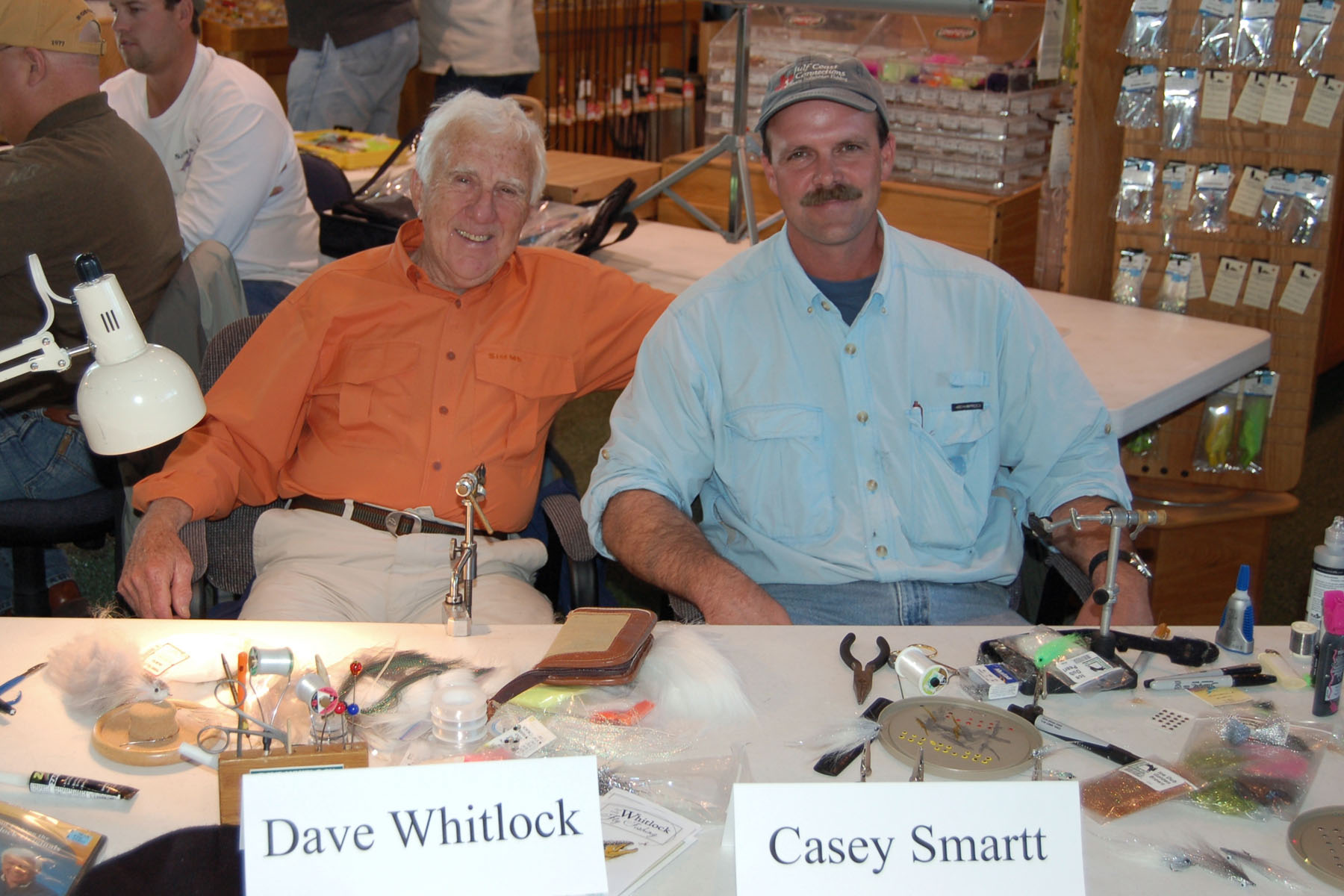The Learning Curve

As anglers we are forever thirsty for information. Regardless of our level of experience or skill, there are always unanswered questions, new challenges, and endless opportunities to grow. If you are reading this article, chances are you are doing so to try to learn something new. And each time I sit down at this desk to write, I reflect on what I have learned over the past day, or month, or year, and what I would like to learn and what I hope to see happen in the days ahead. I write because by doing so, I might teach or influence others in a positive way.
One of the biggest challenges in fly fishing is to understand the learning curve. It seems that in fly fishing there are so many things to master before you can ever really catch anything. The tackle is new and unusual, the techniques required to cast and land fish take practice, and learning to deal with elements that seem to conspire against you takes time and patience. But all the things learned along the angling journey the successes and failures, the trial and error, the dispelled ideas and new beginnings, the new discoveries and doorways, are what hold value. Those are the things that stick with you and you will remember them when you look back.
Whether you are netting a slender minnow or sightcasting a tarpon, you will always thirst for the solutions to mystery and remember moments of clarity when answers were revealed. It's not the most or the biggest or the best that brings the greatest pleasure, it's what you discover and the challenges you overcome along the way.
I have always believed in the value of self-teaching. There is something honest and true about what you learn through your own decisions and actions. A teacher can show you the most efficient way to do something, like casting a fly rod. There is value in that. He can demonstrate the proper technique and coach your progress. He can give you books and drawings, tell you why things work the way they do, and inspire you to take a chance. But a teacher cannot make the cast for you or tie the fly for you or land the fish for you any more than he can teach you what it feels like to have a crawdad tickling your cupped hands, or a crab hanging from your finger. A teacher cannot explain the excitement of turning over a large flat rock to see what hides beneath, or the thrill of watching a fish lunge at your line. You discover these things, and that's how it should be. A good teacher sparks your interest and makes you want to learn. It is up to you to question, and explore, and experiment, and find the answers.
I recently had the privilege of meeting and spending time with Dave Whitlock. Dave has dedicated his life to fly fishing and teaching, and has made countless contributions to conservation and restoration of the natural world. Nearly thirty years ago, Whitlock's books and articles spurred me along in my early days of fly fishing and tying. In his photographs and writings I saw so many things that were new and interesting, and I burned to know more. I still do.
One of the stories I shared with Dave was, "the mystery of the Thunder Creek Streamer." Thunder Creek Streamers were slender tapered baitfish patterns, neatly tied with dusky backs, white bellies, and painted eyes. When I was a kid, I had seen them in magazines, but never seen one up close. For the life of me I could not figure out how they were made. No one I knew had ever seen one, nor could they tell me anything about them. From the photographs it appeared the bodies of these flies were made from straw that had been painstakingly lashed to a hook. Taking pride in my resourcefulness, I clipped off some straw from one of Mom's brooms and tied the straw to a hook. The fly didn't look quite right, either in my hands or in the water. A few months later I obtained several "real live" Thunder Creek Streamers. Throwing caution to the wind, I took a pair of scissors to one of them, determined to find out how it was made. As the gutted fly unraveled I was amazed to find it was not made from broom straw, but rather from deer hair! I was stunned and thrilled to have solved the riddle.
In the years that followed I got good at tying Thunder Creek Streamers. I tied hundreds of them, and caught hundreds of fish with them. But I don't recall a single one of those flies or fish in particular. What I do remember with absolute clarity is watching that first streamer unravel in my hands. Why? It was a moment of discovery. When I look back over all my years spent fishing, the memories that stick with me are not of high-dollar rods, polished reels, or perfectly tied flies. What I remember are the challenges I faced and the unexpected moments of discovery.
When the wind is blowing, or the tides are stalled, or casts aren't rolling quite right, remember that angling is not a means to an end. It's a cord that draws us toward adventure and propels us into a world of mystery. Angling requires us to be an active participant, not and observer. It rewards us with moments of revelation and surprise. The learning curve what we are challenged to observe, question, discover, and unravel is what brings value to the journey and makes the trip worthwhile.
